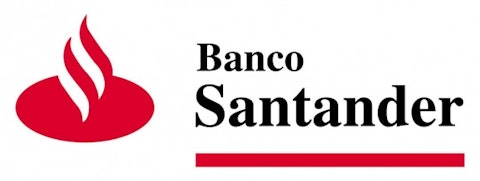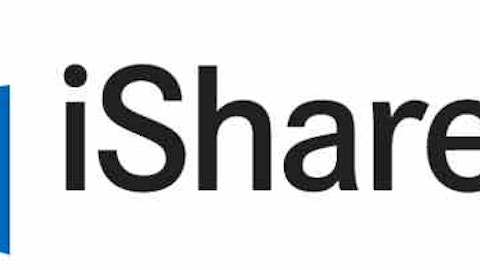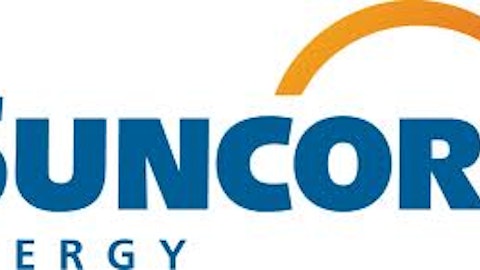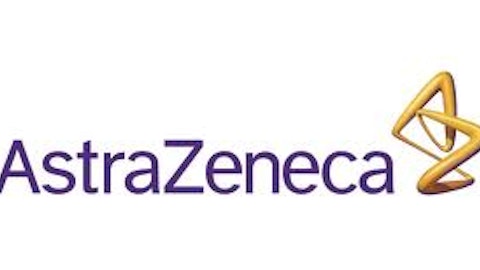Financial stocks have been out of favor for much of the period since the financial crisis. In the United States, the S&P 500 Financials Index rallied just 9% between the end of 2008 and the end of 2011 even though the S&P 500 soared 50% during the same time period. (The same has been true in Europe as well.)
Investors have been understandably wary of wading back into the group. The financial crisis left some of the world’s largest and oldest financial institutions on the brink of failure. Clearly, many of these institutions failed to control their risk and ended up far too exposed to the U.S. residential propertymarket bust and to the more recent European sovereign debt crisis.
But the tide is starting to turn.
In 2012, the S&P 500 Financials Index was the top-performing sector in the entire market. The Bloomberg European Financials Index soared nearly 26%, compared with a 14.5% gain for the Bloomberg European 500.
The U.S. residential property market is not robust by any stretch of the imagination. But after five years of plummeting home values and soaring foreclosures, prices are showing signs of bottoming out in many markets. Foreclosed homes typically sell at 30% or larger discounts to homes in similar neighborhoods that aren’t distressed. But the shadow inventory of homes — homes still moving through the foreclosureprocess — is beginning to dwindle, putting less pressure on home values. There are even some signs ofspeculation developing in some once-hot markets, such as Miami and Phoenix, as short-term investors buy and sell homes on the cheap to generate a quick profit.
[My colleague Nathan Slaughter agrees. In fact, he’s gone as far as to say that “Now may be the best opportunity in a generation” to buy real estate.]
Rising U.S. property values benefit both international and U.S. banks. The international financial system is so interconnected, that larger financial institutions typically have exposure to loans on residential and commercial properties in many different markets.
Meanwhile, the European financial crisis is far from solved. But, the European Central Bank’s Outright Monetary Transactions (OMT) — a program for buying bonds of fiscally troubled countries to force down yields — has taken the pressure off the bond markets in countries such as Italy and Spain. European and U.S. banks with large exposure to debt issued by these countries can breathe a sigh of relief as a result.
And while Greece is likely to remain in recession at least through the first half of 2015, the country has successfully renegotiated its debt burden with EU partners once again. The prospect of an immediate and disorderly exit from the euro for Greece or Spain seems a far more remote possibility today than at the time of the Greek elections back in May.
This leads me to be very intrigued with international bank stocks – particularly solid ones that pay high dividends.
The experience of the financial crisis prompted banks to increase their capital positions so that they’re able to sustain periods of rising loan losses and asset impairments without risking collapse. Governments in many countries have encouraged this by using “stress tests” to single out banks that are vulnerable to financial stress and need to raise additional capital.
The improvement in financial health of the global financial sector should be welcome news for income-oriented investors. Historically, financial stocks in many developed countries have been among the largest dividend payers in their home markets. While many banks cut or eliminated their dividends during the financial crisis, some of the best-positioned continue to offer yields well in excess of 4%, while others look to be in a position to begin raising their payouts again in coming years.
In the December issue of High-Yield International, we screened for banks with yields of at least 4% trading as American Depository Receipts (ADRs) on the major U.S. exchanges. (ADRs make it possible for you to trade shares of large international companies just like any other U.S.-based company.)
Here’s what we found…
Action to Take –> Any of these stocks are worthy of further consideration if you’re looking to diversify your portfolio with international dividend payers. In fact, I own preferred shares of Banco Santander in one of my High-Yield International portfolios. Santander is a strong bank, with the preferred shares having a yield-to-call ratio of 5.2%. I still think they’re worth a look.
This article was originally written by Elliott Gue, and posted on StreetAuthority.



